Why National Thoroughbred Triple Crowns Are Very Difficult to Win
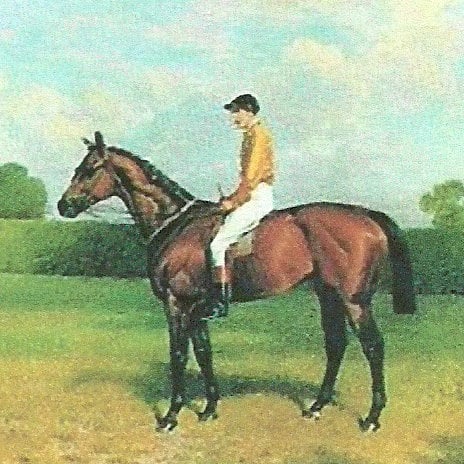
The difficulty of winning a national Thoroughbred Triple Crown is rooted in its very name. While the term Triple Crown had already been in use for several decades in England, American horse racing fans were arguing over the term's origins in the United States. Many fans believe Charlie Hatton of the horse racing bible Daily Racing Form first used the words, but others state that the words Triple Crown were first printed by the New York Times in an article written by Bryan Field, who was reporting on Gallant Fox scoring in the Belmont Stakes.
Gallant Fox won the Kentucky Derby, the Preakness Stakes, and the Belmont Stakes in 1930. Sir Barton had turned the trick in 1919. After Field's article, however, the triad soon became known as the Triple Crown, a classic series run only by three-year-old Thoroughbreds.
In today's American Triple Crown, the fields to enter the three races are limited. Only 20 horses enter the starting gate for the Kentucky Derby, and only the Derby winner has a chance to win the next two races and claim a triple triumph.
Many countries have their own Triple Crown competitions; some, like the United States, have two crowns to pursue, one series for male participants and one for fillies. Although fillies may enter the male competition, no males ever have run in the filly events.
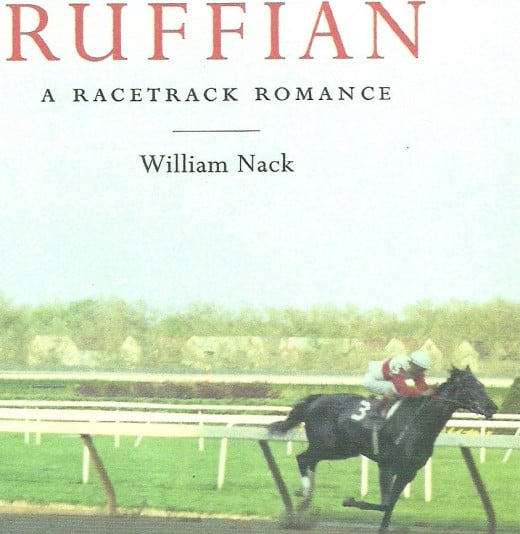
Eight Triple Tiara Filly Winners
Only these eight females have won the American Triple Crown version for fillies, the Triple Tiara:
- 1968 -- Dark Mirage
- 1969 -- Shuvee
- 1974 -- Chris Evert
- 1975 -- Ruffian
- 1979 -- Davona Dale
- 1985 -- Mom's Command
- 1989 -- Open Mind1993
- 1993 -- Sky Beauty
Filly Triple Crown Configurations
One of the difficulties inherent to winning a Triple Crown title has been the changing distances, locations, and requirements to get in the races. The American Triple Tiara was once the national Triple Tiara, or Filly Triple Crown. The Kentucky Oaks at Churchill Downs, the Black-Eyed Susan Oaks at Pimlico Race Course, and the Acorn Stakes at Belmont Park comprised this triple series. Davona Dale is the only filly to achieve victory in the national filly triple.
A New York Triple Tiara was contested from 1957 through 2002 and again from 2007 through 2009. The three races were all held at Belmont Park as the Acorn Stakes, the Mother Goose Stakes, and the Coaching Club American Oaks.
The New York racing authorities revised the filly triple competition in 2010, establishing it as the Acorn Stakes at Belmont Park, the Coaching Club American Oaks at Saratoga Race Course, and the Alabama Stakes, also at Saratoga, America's oldest and most revered horse racing playground.
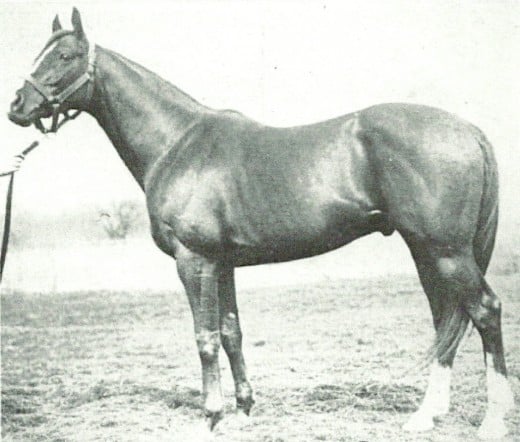
Americans Change the Distance
Belmont Park's race track is 1-1/2 miles around, the largest oval for horse racing in North America. Its two sweeping turns are more narrow than those at Churchill Downs and Pimlico, and the distance of the Belmont Stakes at 1-1/2 miles is usually seen for the first time by a single three-year-old who may be vying for the sacred title of American Triple Crown champion.
In the past, the distance of the Belmont Stakes, while always held at Belmont Park, has varied. For six years in the 19th Century, the race was run over 1-5/8 miles (1867-'73). Several different years after that, 1-1/4 miles (1890-'92, 1895, 1904-'05) made up the race. It was held for two years at 1-1/8 miles (1893-'94), and for a time 1-3/8 miles (1896-1903 and 1906-'25) was used for the contest.
In similar fashion, the Preakness Stakes has been run at distances of 1-1/2, 1-1/4, and 1-1/16 miles, as well as 1 mile 70 yards, 1 mile, and 1-1/8 miles before leveling out at today's 1-3/16 miles. The Pimlico track is a mile long.
A marathon 1-1/2 miles was used in the running of the Kentucky Derby during its first 20 years. In 1896, the race permanently took on the 1-1/4 miles version. Churchill Downs is a mile in circumference.
Races that are longer in running distance than the actual circumference of the track are started from a "chute", or lane that is backed up off the far turn from the finish line. The wire indicating the finish line is always located in front of the viewing grandstand.
The distances of these races throughout the years is not the only variation that has been implemented in their running. The accepted timetable of the contests has also made winning all three of them more difficult than achieving wins within the normal schedule of races to which Thoroughbreds are pointed.
At various times in the history of the Triple Crown, the Derby followed the Preakness, and only days separated the contests, rather than weeks. In modern Thoroughbred training, a gap of three to four weeks between races is common. But the Triple Crown is held within a five-week period: the Preakness follows the Derby in two weeks, and the Belmont is held three weeks after the Preakness. Many trainers don't like the scheduling, complaining that three races in five weeks' time is too much to ask of any Thoroughbred.
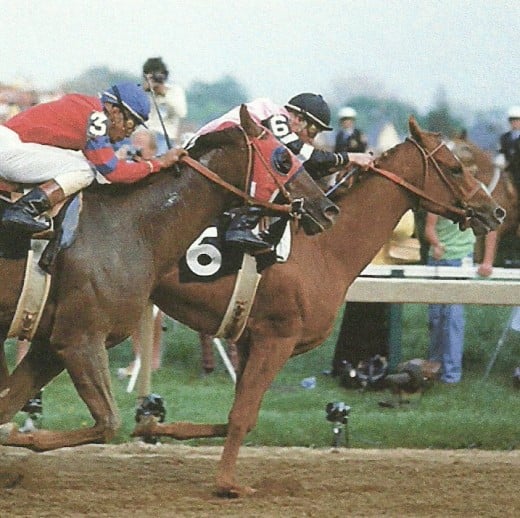
American Triple Crown Winners
Ten American Triple Crown victors have been crowned since Sir Barton won the first triple series in 1919. They are:
- 1930 -- Gallant Fox
- 1935 -- Gallant Fox son, Omaha
- 1937 -- Man o' War son, War Admiral
- 1941 -- "Mr. Long Tail", Whirlaway
- 1943 -- Count Fleet
- 1946 -- "The Club-Footed Comet", Assault
- 1948 -- Citation
- 1973 -- Kentucky Derby (1:59.40)(3/5) and Belmont Stakes (2:24) speed record holder, Secretariat
- 1977 -- the only unbeaten through the Triple Crown championship, Seattle Slew
- 1978 -- the last of the 11, Affirmed
Over 20 other Thoroughbreds have won two of the races.
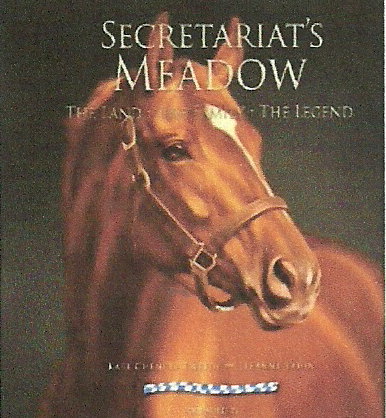
Hall of Famers Talk Triple Crown
Hall of Fame trainer Bobby Frankel always talked about the "unpredictability" of the Triple Crown races: "Things happen. Horses stumble."
Thoroughbreds are intensely trained to do their job of racing, but it can't be roses every race. "...a little case of ADD (Attention Deficit Disorder)" can spoil anybody's race, claims Hall of Fame jockey Jerry Bailey.
D.Wayne Lukas, Hall of Fame trainer who holds the record for individual Triple Crown race victories at 13, once remarked, "...we don't get the time (for training)" in the five-week schedule of the Triple Crown.
"You have to be aggressive and hope the wheels stay on," said Hall of Fame trainer Bob Baffert when asked about the tight format of the classic series.
Focus, ability to respond to rating (holding position) in a race, distance, stamina, speed, and just plain unpredictable good and bad days all play into a Thoroughbred's race day. The Belmont Stakes is referred to as "the test of a champion" because the distance that a horse is asked to cover increases in that contest dramatically over what he has previously experienced. The Belmont is also called the "jockey's race" because the Thoroughbred's partner, his rider, must judge when to ask the contender to give it his all and skillfully help him through walls of traffic. Traffic jams and early moves have spelled defeat in many Belmont runs.
With no American Triple Crown winner since 1978, fans of the Sport of Kings went to the 2004 Belmont Stakes with expectations so high for Smarty Jones to accomplish the task that the anticipation and let-down caused rider Edgar Prado to apologize for winning aboard Birdstone, who blitzed through the final furlong, breezed by his opponent, and nixed a hoped-for celebration.
But, as Frankel asserted: "It shouldn't be easy", otherwise every mediocre Thoroughbred could accomplish it.
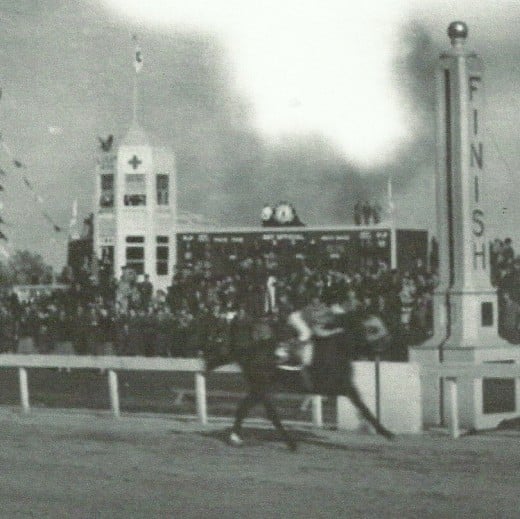
Other National Triple Crowns
Fifteen Thoroughbreds have won the English Triple Crown throughout its 150 years of existence. West Australian won the series of races named the 2,000 Guineas Stakes, the Epsom Derby, and the St. Leger Stakes in 1853, and the first English tripler was crowned.
Venezuela, Japan, and the United Kingdom are several countries other than the United States that also hold a filly triple series.
- Ireland's Triple Crown: the Irish 2,000 Guineas, the Irish Derby, the Irish St. Leger
- Canada's Triple Crown: the Queen's Plate, the Prince of Wales Stakes, the Breeders' Stakes
- Japan's Triple Crown: the Satsuki Sho (Janpanese 2,000 Guineas), the Tokyo Yushun (Japanese Derby), the Kikuka Sho (Japanese St. Leger)
- Australia's Triple Crown: Randwick Guineas, Rosehill Guineas, AJC Australian Derby
- Hong Kong's Triple Crown: Hong Kong Stewards' Cup, Hong Kong Gold Cup, Hong Kong Champions & Chater Cup
- Puerto Rico's Triple Crown: Derby Puertorriqueno, Copa Gobernador, Copa San Juan
No matter the country, or the land, winning a series of races is a difficult duty for any Thoroughbred. Reaching the pedestal of a national Triple Crown requires patience, knowledge, and skill on the part of jockeys and trainers, as well as a willing, intelligent Thoroughbred student who is healthy and gung-ho on the appointed days.
- Rating the Best Thoroughbreds of the 20th Century
Six American Triple Crown winners made the Top Twenty list of the best 100 racehorses of the 20th Century.
- Triple Crown of Thoroughbred Racing - Wikipedia, the free encyclopedia
Races and winners of the national Triple Crowns are discussed.








